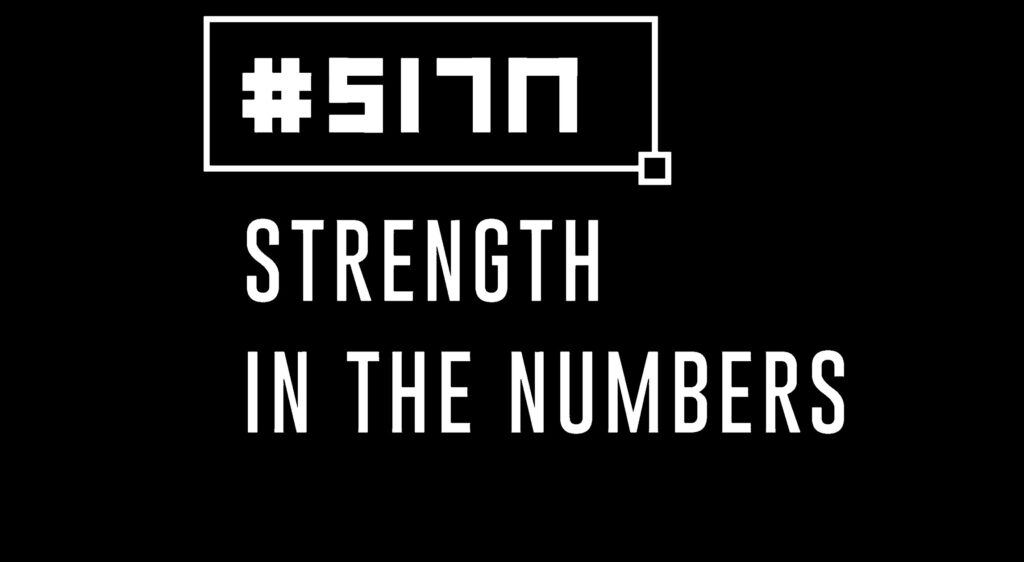“We tend to overestimate the effect of a technology in the short run and underestimate the effect in the long run.” Roy Amara futurist.
We’ve lately had some guest mentors talking about the applications of AI in #finance and #accounting during their interviews so in this bite-sized episode we share with you 3 key decisions and 3 key catalysts to maximize the return on our AI Initiatives.
Full Transcript
[00:00:00] Andrew: Hi everyone. And welcome to this week’s Monday memo. Hope you have a fantastic weekend looking forward to the week ahead and something that we’ve been talking lately on the show. We’ve had some guest mentors on talking about AI as artificial intelligence And we’ve had some good ideas on perhaps where we can be leveraging and finance, but when it comes to maximizing the returns from us, the evidence really hasn’t been overwhelming and its favorite tends to be focused on delivering returns on operational activities, as opposed to driving the strategic agenda.
[00:00:32] And I think it’s particularly within finance, maybe we’re guilty as the futurist Roy Amara says of maybe overstating its impact in the short term and underestimating its impact in the longer run.
[00:00:45] As we chase all these shiny objects and various AI tools in our areas. So I actually attended a seminar during the week on maximizing return on AI initiatives. And interestingly enough, the speakers are quite well known. They were saying that primarily the domain obstacle, isn’t a technical one, but it’s actually defining a path to value delivery. And that’s where our finance teams can play a huge role in helping get a clearer sense of what that path is to value to the.
[00:01:16] I don’t think we should be frightened that our jobs are going to be taken over by AI. As one of our recent guys, Gordon said, and he’s our CFO at a software company, he was saying, gosh, you, AI helps with our option. A not as he’s not making the decisions for us, it’s just helping us figure out potential ranges are our options for those decisions, which is the highest level of value we can be offering our organizations, particularly how we can go capture that value.
[00:01:43] And another thing was that culture is really important for consideration when it comes to driving a return on AI initiatives. I think a Peter Drucker had that saying culture eats strategy for breakfast. Definitely those doing the presenting seem to enforce that what they also shared was a really.
[00:02:03] So the way of thinking about maximizing returns, they broke it down into three decision areas and three catalysts. I go through those quickly for you.
[00:02:13] The first one is the strategic intent for AI. So they use the example of Starbucks and essentially Starbucks has called out it’s AI initiative called deep roots, quite strategic for them. They use deep root to help them drive more convenience, brand engagement and Hans digital relationship through mobile.
[00:02:34] Encouraging loyalty and continue building on their digital capabilities as well as doing some more operational tasks like simplifying administrative, juicies within store.
[00:02:45] And actually that sort of second area simplifying administrative duties. We’re seeing a lot more of that in accounting and finance. We’ve got to smart, I think, smart invoicing now, or smart accounts payable where invoices come in and the artificial intelligence. I would have learned to code the invoices to the rice places.
[00:03:06] And likewise, maybe a more strategic levels looking at our pricing operations and seeing how approvers are proven various different price points. On large deal say, and then mimicking those and not necessarily making the decisions, but in effect those proposed decisions, then get batched up together for a finance professional to review before releasing them.
[00:03:29] So there’s loads of areas for strategic intent. And then I suppose, once the intent there, the second decision was the AI money map. So trying to live. Attractive opportunities where artificial intelligence can be used on the operation areas. We discussed it or strategic ones, like we mentioned the Starbucks and what value they might drive.
[00:03:50] So Lincoln. The I to the value pool. That’s already made role for us in finance and accounting, is helping plot that path. And if are the ones plotting that path and figuring out how to best use that technology? I think that’s quite a strong role, a meaningful role to have into the future. As AI becomes more prominent, it allows us to tell the right stories and messages around this and dress it up.
[00:04:12] And the executive sponsors and also allows us to maybe review some business cases and give our stamp of approval
[00:04:19] to them. I think that was the third area of the decisions that they were talking about is having that return on AI investment governance process. How do you keep score? Who gives the independent review and what the value of the results have driven? So again, I think our historical skills and capabilities develop from tracking the success around performance and initial. It could be very strong here as well. And then in terms of those initiatives and perhaps the three calculus they were saying would help drive them. It’s the first one, this idea of analytical quotient comes back to that idea of culture, right?
[00:04:54] It’s not ability to shape smaller subcultures is what I think they were saying
[00:04:58] so there was that awareness to capture value locally. And again, in our conversations with stakeholders, we’re very good at joining up the dots when we’re having those and understanding what their Hobbs and wants are. So if we find a gap between something that they want, versus what they have, AI might be able to plug that gap with the appropriate attention inventor.
[00:05:19] So it’s just being in tune to where AI could be useful, particularly where we’re doing areas of analysis already with stakeholders also a really cool idea, and a lot of finance teams have already made progress on this is it’s just having analytical, ready data now that was the second catalyst.
[00:05:37] So we have access to data. We have skills and knowing how to use the data.
[00:05:40] So rather than having to go and collect and build all new data sets to enable us to start with what we have, and then maybe over time we build to it, but start with the current use cases and Sasha Naval capabilities, which was the next question.
[00:05:54] It’s about having personnel trained in these technologies or having the right technology stack around AI.
[00:06:00] And again, when you start beginning that enabling process, when you have that analytics ready data, you can start going after the lower hanging fruit, the lower risk investment. Stock bootstrapping those and combining those together. And then once you’ve done them in one place, it’s easy to, scale it.
[00:06:18] And again, that’s why you’re finding very similar AI solutions being applied to accounts payable, just as a, at an operational level in finance and accounting, and also to pricing and commercial finance teams who may be a hop pops, operating in a more strategic level. In terms of having AI do the governance approvals .
[00:06:38] And as I said, when they’re doing them, it’s only proposing what they should do to speeds them up. Having to click through individual pricing requests to approve it gives them a summary of what it believes they should do, or the next course of action they should take.
[00:06:50] So you get from working on small things to scaling across money. And as that confidence builds up, the thinking is that the AI use cases will become much more strategic over time. So as much as it might appear at the moment of finance and accounting, I always coming in and maybe taking some operational type jobs.
[00:07:08] And I know particularly from an automation perspective in the longest. The thinking is the agenda. We’ll move much more strategic and human beings will be required to interpret what AI is turning out. Sort of Organizations are making better, more sustainable, profitable decisions.
[00:07:24] And that’s why we bring guest mentors onto the strength and the numbers show the share with. Where they’re making progress or investments in AI, how it’s turning out for them, the lessons they’re learning, maybe the rat holes they’re going down. And perhaps we could also avoid to save us time in our journeys, particularly in our careers or when we’re trying to explore what to do or the benefits of AI and how we can never just to maximize the return on AI initiatives.
[00:07:49] So look, hope you found this episode useful. If you did, please remember to share with your friends in college. We’re on all the major platforms, iTunes, Stitcher, SoundCloud, YouTube, Spotify, and Amazon music. And as always, really appreciate you tuning in today. So until next time, stay safe, take care of yourselves and let’s keep on building our strength in the numbers.
[00:08:06]

